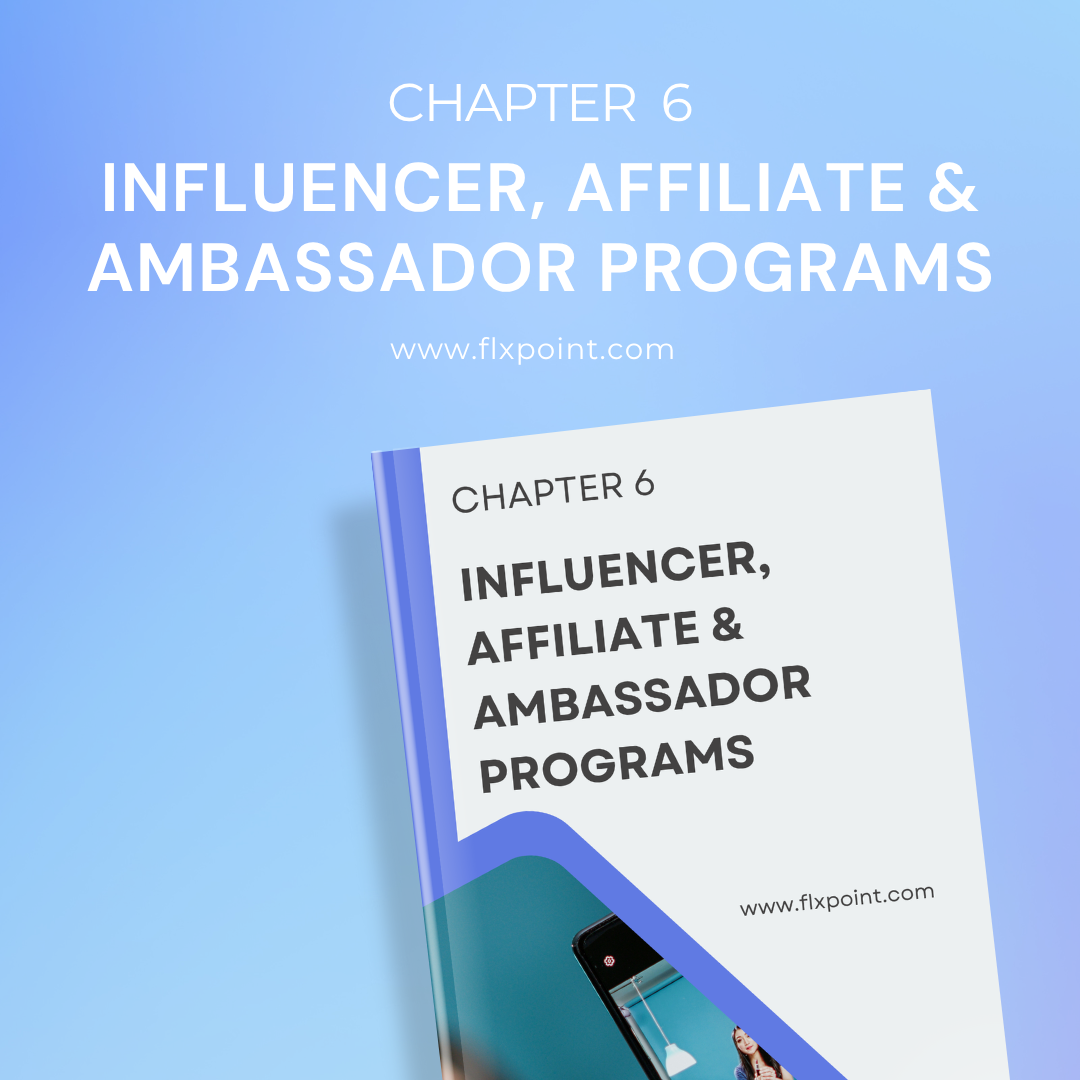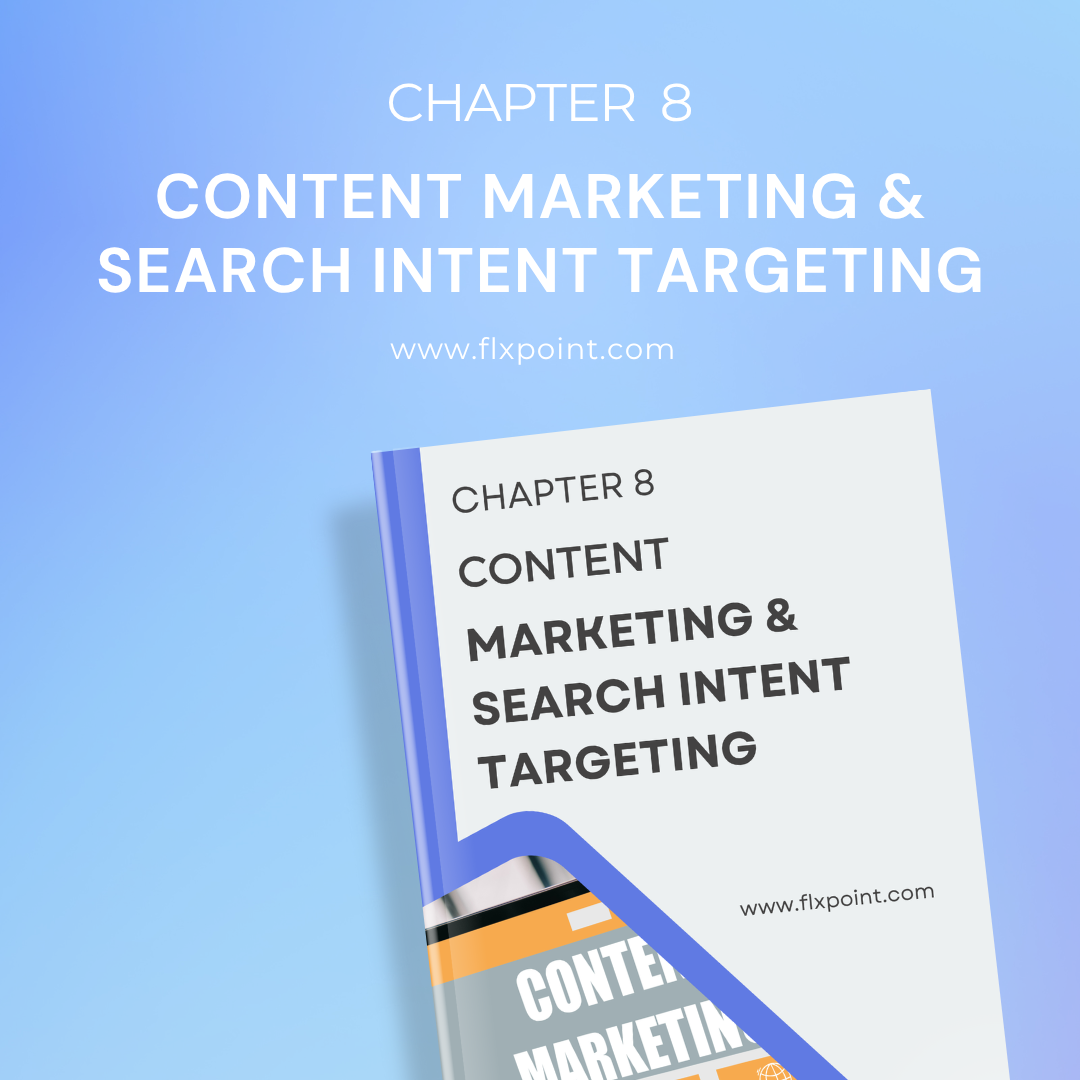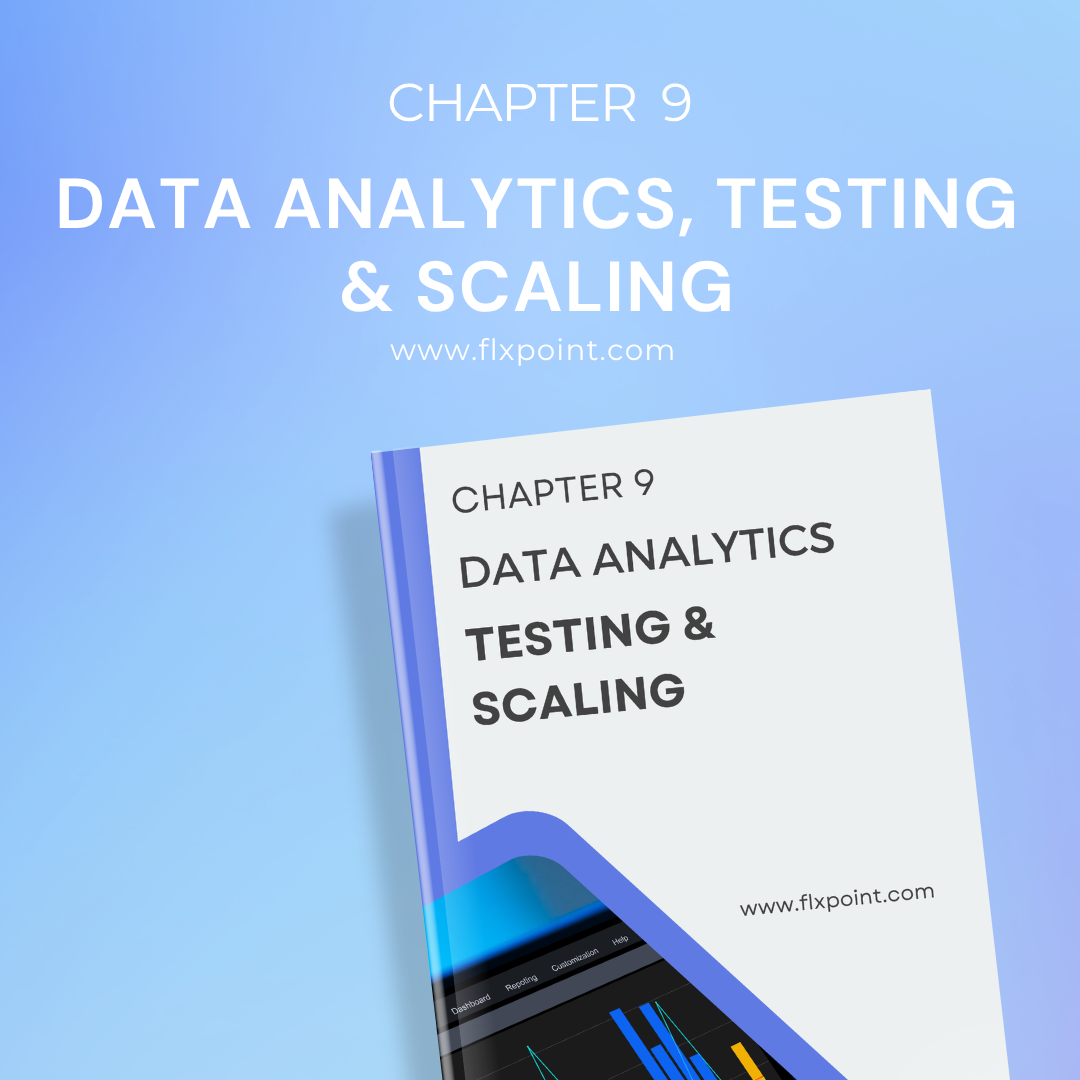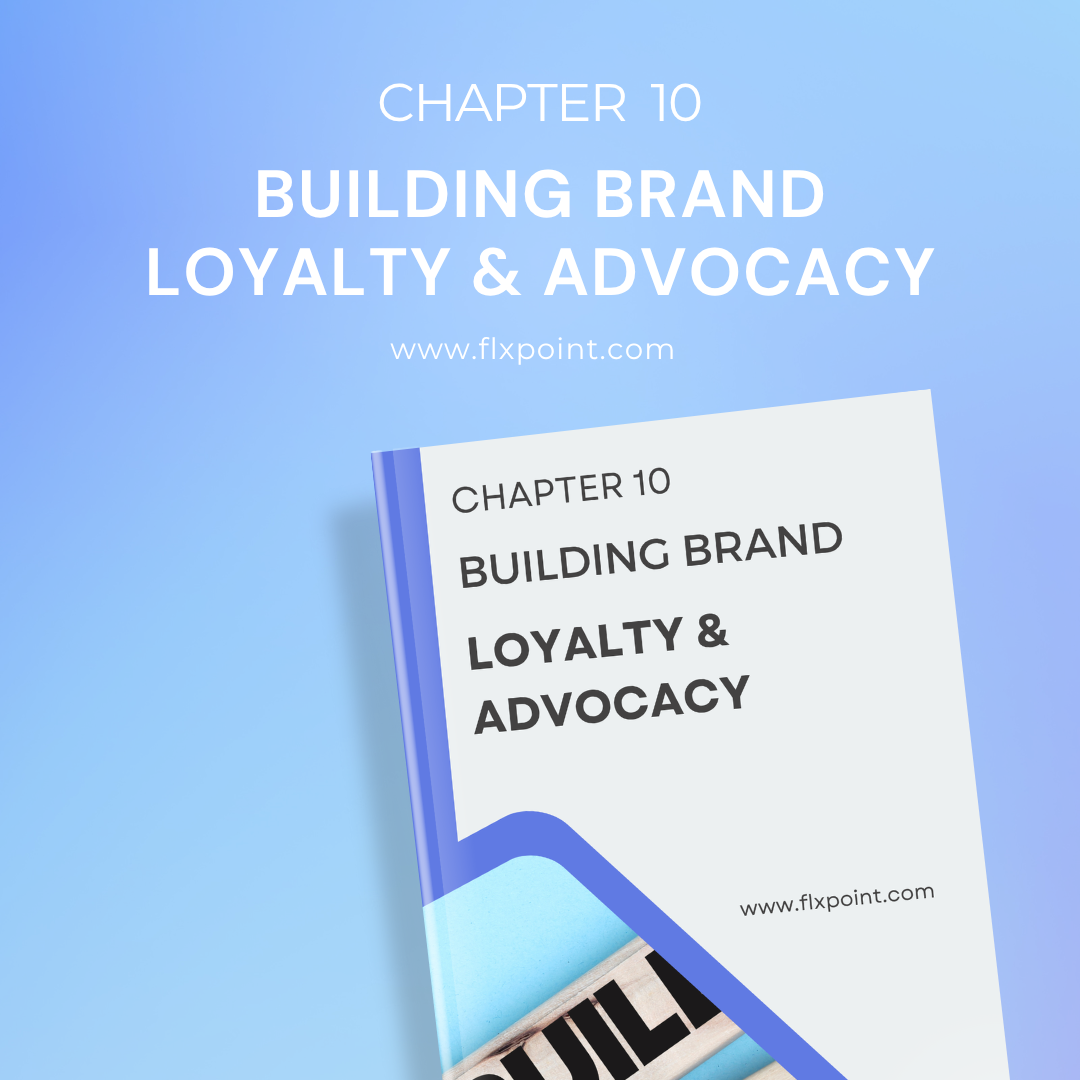Chapter 10 Building Brand Loyalty & Advocacy
Turn customers into brand advocates who promote your store. Learn how to build communities, gather feedback, and create personalized experiences that drive loyalty.
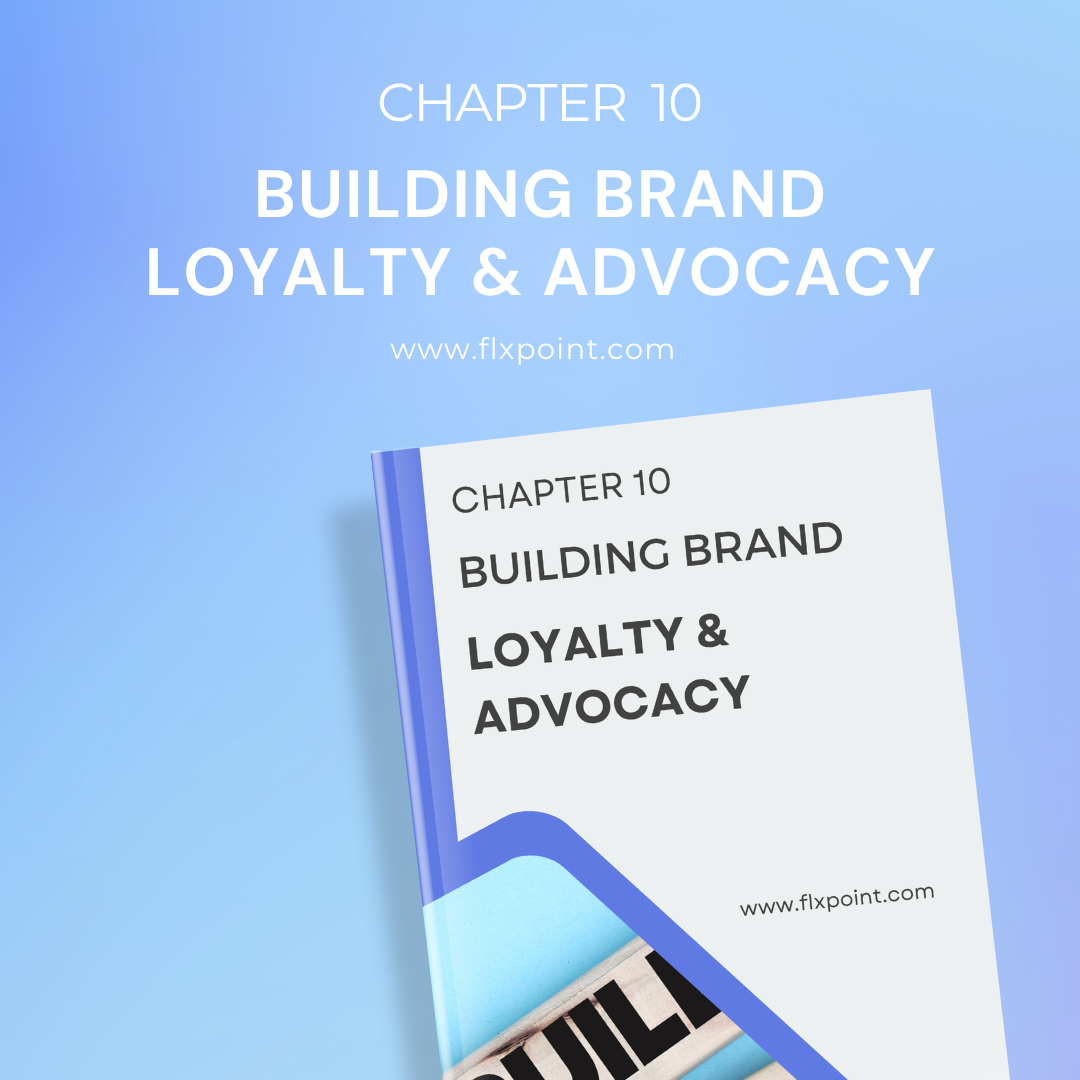
Table of Contents
- Introduction
- Creating Customer Communities (Facebook Groups, Discord Servers)
- Post-Purchase Surveys & NPS Feedback Loops
- Automation for Reviews & Referrals (Loox, Judge.me, ReferralCandy)
- Personalization Strategies with AI (Dynamic Offers, Smart Bundles)
Introduction
When you build genuine loyalty, you create something far more valuable: customers who believe in your brand so deeply that they become advocates. These customers do more than just spend money with you regularly. They promote your products to people they know and stick with you even when competitors offer cheaper alternatives.
Research shows that acquiring a new customer typically costs about five times more than retaining an existing one. By establishing strong brand loyalty, you simultaneously decrease customer acquisition costs and increase revenue through repeat business and referrals.
You’ve optimized, scaled, and automated — now it’s time to build something deeper. In this final chapter, we explore how to turn transactional relationships into lasting loyalty and true brand advocacy.
Creating Customer Communities (Facebook Groups, Discord Servers)
Online communities provide spaces where your customers can connect not just with your brand but with each other. These communities foster a sense of belonging that transcends transactional relationships, creating emotional connections that lead to lasting loyalty.
Selecting the Right Platform for Your Community
The platform you choose depends largely on your customer base and business goals. Each platform offers different features and attracts different types of users:
Facebook Groups
Facebook Groups remain popular for broad audience reach. They provide a familiar environment where many customers already spend time. The platform offers robust features like polls, events, and live video that foster engagement. For retailers selling products with passionate user bases (like specialty kitchen equipment or outdoor gear), Facebook Groups provide an accessible entry point.
Discord
Discord serves well for more interactive, real-time communities. Originally designed for gamers, Discord now hosts communities of all types. It excels at real-time communication and creating dedicated channels for different topics. For example, a dropship store selling gaming accessories might build a Discord server where customers discuss game strategies while showcasing your products.
Reddit communities work well for brands with tech-savvy customers who value in-depth discussions. The platform's upvoting system naturally surfaces the most valuable content. A store selling specialized electronics or technical gear might benefit from a subreddit where customers can share detailed product reviews and modifications.
When evaluating platforms, consider your resources for community management, your customers' existing platform preferences, and the type of interaction you want to foster. The ideal platform feels natural to your customers and aligns with how they already communicate online.
Building an Engaged Community
Simply creating a group doesn't guarantee engagement. Communities require consistent nurturing:
Start by defining clear community guidelines that establish expectations for behavior. These guidelines should reflect your brand values while creating a safe space for all members. For example, "We welcome honest product feedback but ask that all comments remain respectful."
Seed your community with valuable content before inviting members. This might include how-to guides for your products, behind-the-scenes looks at your operation, or discussion prompts related to your industry. A dropship store selling home fitness equipment might share workout routines that incorporate their products.
When inviting members, focus first on your most engaged customers. These early adopters set the tone for community interaction. A personal invitation that acknowledges their loyalty can be particularly effective: "As one of our most valued customers, we'd love for you to join our private community."
Create a content calendar that balances promotional content with genuinely useful information. The 80/20 rule works well here: 80% valuable information, 20% product promotion. This prevents the community from feeling like just another marketing channel.
Actively engage with members by responding to comments, asking follow-up questions, and acknowledging contributions. This shows that you're genuinely interested in building relationships, not just selling products.
Structuring Your Community for Engagement
Once you've selected your platform, structured organization becomes essential for maintaining an active, valuable community. Begin by creating clear categories or channels that align with your customers' interests and needs:
Dedicated spaces for shipping updates, product questions, and troubleshooting create practical value. Add channels for customer showcases where buyers can share photos of their purchases in use. This user generated content not only strengthens community bonds but also provides authentic marketing material with permission.
Set clear community guidelines that establish expectations for respectful communication while encouraging active participation. These guidelines should address how members can share feedback, ask questions about order fulfillment, and interact with other customers. Community rules become especially important when discussions might touch on shipping delays or out of stock situations.
Fostering Meaningful Interactions
Building community requires ongoing attention and moderation. Random posts without strategic direction rarely sustain engagement. Instead, implement these proven approaches:
Schedule regular themed discussions that address common questions or highlight product uses. For example, a weekly "Styling Saturday" thread for fashion dropshippers allows customers to share outfit combinations using your products. For tech accessories, a "Setup Showcase" lets buyers display how they've incorporated your items into their environments.
Create exclusive community experiences that reward participation, such as early access to new products, special community only discounts, or behind the scenes looks at your vendor selection process. These exclusives provide tangible value that encourages continued engagement.
Assign community moderators from your most enthusiastic customers, giving them clear guidelines and special recognition. These moderators can help answer common questions about shipping times, product specifications, or compatibility issues, reducing your customer service workload while building community leadership.
Post-Purchase Surveys & NPS Feedback Loops
The moments right after a purchase are when customer opinions are most fragile — and most valuable. Asking for feedback shows you care, and acting on it builds lasting trust.
Designing Effective Post-Purchase Surveys
The most useful surveys balance brevity with depth:
Keep initial surveys short, focusing on 3-5 key questions. This respects your customer's time while still gathering actionable data. For online stores with multiple fulfillment sources, include questions that help pinpoint where issues might arise:
"How satisfied were you with the shipping time?" or "Did your product arrive in good condition?"
Use a mix of question types to capture both quantitative and qualitative data. Rating scales provide easily tracked metrics, while open-ended questions reveal nuances that numbers can't capture.
For example, pair "How would you rate your checkout experience on a scale of 1-5?" with "What would have made checkout easier?"
Time surveys strategically based on your product and fulfillment model. For physical products, send an initial survey shortly after the expected delivery date to gather feedback on the ordering and delivery experience.
Follow up 1-2 weeks later with questions about product satisfaction once customers have had time to use their purchase.
Personalize surveys whenever possible. Reference the specific product purchased or acknowledge whether they're a first-time or repeat customer. This relevance increases response rates and shows customers you see them as individuals.
Make surveys mobile-friendly, ensuring they display properly and can be completed with minimal typing on smartphones. Many customers will open emails on mobile devices, and a poor mobile experience dramatically reduces completion rates.
Implementing NPS for Ongoing Measurement
Net Promoter Score (NPS) provides a simple yet powerful framework for measuring customer loyalty over time:
The NPS question - "How likely are you to recommend our store to a friend or colleague?" - cuts directly to the heart of brand advocacy. Customers scoring 9-10 are promoters, 7-8 are passives, and 0-6 are detractors. Your overall NPS equals the percentage of promoters minus the percentage of detractors.
Consider segmenting NPS by fulfillment type to identify whether certain fulfillment methods create more promoters or detractors. This granular insight helps prioritize improvements where they'll have the greatest impact.
Always follow the NPS question with a "Why?" prompt. This qualitative feedback explains the reasoning behind scores and reveals specific improvement opportunities. For example, a detractor might cite inconsistent shipping times, while a promoter might praise your unique product selection.
Track NPS trends over time rather than fixating on absolute numbers. A consistent upward trajectory indicates your loyalty efforts are working, even if your absolute score remains modest.
Close the feedback loop by thanking respondents and explaining how you'll use their input. For detractors, consider a personal follow-up to address concerns. For promoters, make it easy for them to share their recommendation through a referral program or social sharing links.
Creating Continuous Feedback Loops
Effective feedback systems operate as continuous loops rather than one-time events:
Establish regular review cycles for analyzing survey data. Look beyond averages to identify patterns and trends. For example, fulfillment issues might spike during high-volume periods or with certain suppliers.
Share insights across departments, ensuring product teams, operations managers, and customer service all understand customer pain points and priorities. This creates organizational alignment around improving the customer experience.
Prioritize improvements based on both frequency and impact. Issues affecting many customers deserve attention, but so do serious problems that affect fewer customers but might create detractors.
Test changes with controlled rollouts when possible. For example, if survey data suggests checkout friction, implement improvements for a segment of customers first, then compare satisfaction metrics between groups.
Update customers on improvements you've made based on their feedback. This "closing the loop" communication shows that you genuinely value their input and encourages future survey participation.
By establishing robust feedback systems, you not only gather data for improvements but also demonstrate your commitment to customer satisfaction. This visible commitment itself contributes to stronger brand loyalty.
Automation for Reviews & Referrals (Loox, Judge.me, ReferralCandy)
Once you’ve earned a customer’s trust, don’t let it slip away. Automating your review and referral systems ensures loyalty compounds over time — creating a steady stream of social proof and new customers — even while you sleep.
Automating Review Collection
Customer reviews serve as powerful social proof while providing valuable feedback:
Implement post-purchase email sequences that automatically request reviews after an appropriate interval. For dropshipped items, wait until tracking shows the package has been delivered, then add a few days for the customer to experience the product.
Use review platforms like Loox or Judge.me that integrate directly with your store platform. These specialized tools offer features like photo reviews, automated reminders, and review displays optimized for conversion.
Segment review requests based on purchase history or customer behavior. First-time customers might receive more reminders or incentives than loyal customers who have already left multiple reviews.
Test different incentives for review submission. Small discounts on future purchases often work well, creating both an incentive to review and a reason to return to your store.
Create different review workflows for different product types or fulfillment methods. Complex products might benefit from a longer usage period before requesting reviews, while consumables might warrant quicker feedback.
Building Referral Programs That Convert
Referral programs transform satisfied customers into active recruiters:
Choose referral automation tools that align with your business model. Tools like ReferralCandy offer features specifically designed for ecommerce, including customizable rewards, fraud prevention, and analytics.
Structure incentives that benefit both the referrer and the referred friend. Two-sided incentives typically generate more participation than one-sided rewards. For example, "Give $15, Get $15" creates motivation for both parties.
Customize referral messaging to match your brand voice while making benefits immediately clear. Effective messages explain the value proposition in seconds: "Love your new hiking boots? Your friends will too. Send them $20 off, and you'll get $20 when they order."
Make sharing frictionless by providing multiple sharing options (email, social media, direct link) and pre-writing message templates that customers can easily personalize.
Integrate referral offers with your existing loyalty program if applicable. Allowing customers to earn loyalty points through successful referrals creates additional motivation for program participation.
Monitoring and Optimizing Automated Systems
Automation requires ongoing oversight to maintain effectiveness:
Establish clear metrics for measuring program success. For review systems, track submission rates, average ratings, and conversion impact. For referral programs, monitor share rates, conversion rates, and customer acquisition costs.
Regularly audit automated messages to ensure they remain relevant and effective. What worked six months ago might need refreshing as your product line or customer base evolves.
A/B test key elements like email subject lines, incentive amounts, or timing to continuously improve performance. Even small improvements compound over time as thousands of customers move through your automated systems.
Monitor for potential abuse, particularly in referral programs. Implement reasonable limits and verification processes that prevent exploitation without creating friction for legitimate users.
Analyze customer feedback about the programs themselves. If customers find your review process cumbersome or your referral program confusing, simplify and streamline.
By automating review collection and referral processes, you create scalable systems for generating social proof and leveraging existing customer relationships for growth. The initial setup requires thought and testing, but the ongoing benefits accumulate with minimal maintenance.
Personalization Strategies with AI (Dynamic Offers, Smart Bundles)
Implementing Dynamic Offers
Dynamic offers adjust based on customer behavior, preferences, and history:
Use AI to analyze purchase patterns and browsing behavior, then deliver tailored promotions. For example, a customer who consistently buys premium variants might receive offers highlighting exclusive features rather than discounts.
Implement abandonment recovery sequences that adapt based on the customer's history with your brand. First-time cart abandoners might receive a modest discount, while loyal customers might receive free shipping or a loyalty point bonus.
Create behavior-triggered offers that recognize and reward specific actions. A customer who views the same product category multiple times might receive a limited-time offer for those specific items, acknowledging their interest while creating urgency.
Personalize offer timing based on individual shopping patterns. If data shows a customer typically shops on weekends, schedule promotional emails for Friday afternoon when they're planning weekend activities.
Test different offer types with similar customer segments to identify which motivators work best for different groups. Some customers respond better to percentage discounts, while others may prefer dollar amounts, free gifts, or exclusive access.
Creating Smart Product Bundles
AI-powered bundling creates personalized product combinations that increase average order value:
Analyze purchase correlations across your product catalog to identify items frequently purchased together. These natural pairings form the foundation for logical bundle suggestions.
For stores with multiple fulfillment sources, create bundles that balance fulfillment complexity with customer appeal. Bundling items from the same warehouse or supplier streamlines operations while still providing value.
Use predictive algorithms to suggest complementary products based on individual purchase history. A customer who previously purchased hiking boots might see suggested bundles featuring appropriate socks, waterproofing spray, and trail maps.
Implement dynamic pricing for bundles, offering greater discounts for larger combinations while maintaining profitable margins. AI can optimize these discount thresholds based on cost structures and conversion patterns.
Test seasonal and limited-time bundles that create urgency while addressing timely needs. For example, a winter sports retailer might offer AI-generated "Storm Prep" bundles when weather forecasts predict heavy snow in certain regions.
Personalizing the Customer Journey
Beyond offers and products, AI can tailor the overall shopping experience:
Implement personalized site search that learns from both individual and aggregate behavior. This helps customers find relevant products faster, reducing friction and abandonment.
Create dynamically personalized category pages that highlight products aligned with individual preferences. A customer who consistently purchases moisture-wicking athletic wear might see those options featured prominently when browsing activewear.
Develop automated but personalized follow-up sequences based on purchase type. For example, a customer who purchases a complex electronic item might receive a series of educational emails about features and usage, while someone purchasing basics might receive style inspiration.
Use predictive analytics to anticipate reorder timing for consumable products. Gentle reminders just before a product would typically run out show attentiveness while driving repeat purchases.
Test personalized loyalty milestones that recognize individual customer value rather than applying the same thresholds to everyone. A customer who makes frequent small purchases might receive different recognition than one who makes occasional large orders.
AI personalization works best when it feels helpful rather than intrusive.Done right, AI doesn’t just personalize — it humanizes. It helps customers feel seen, understood, and valued with every click..
Conclusion
Building brand loyalty and advocacy requires a multifaceted approach. By creating communities where customers connect with your brand and each other, implementing feedback systems that demonstrate your commitment to improvement, automating review and referral processes to scale your efforts, and using AI to deliver personalized experiences, you create a loyalty ecosystem greater than the sum of its parts.
This guide may be ending — but your journey toward lasting growth is just beginning. By building with loyalty in mind and operations in sync, you’re not just running a store, you’re building a brand that people believe in.
Ready to Build Brand Loyalty? Start with a Strong Foundation
You can implement all the loyalty strategies in the world, but if your backend operations struggle to deliver consistent experiences, customer advocacy will remain out of reach. That's where Flxpoint comes in.
Flxpoint provides the robust infrastructure multi-source retailers need to create seamless customer experiences across all fulfillment channels. By centralizing your inventory management, order routing, and supplier integration, Flxpoint ensures that your customers receive the same exceptional service regardless of whether products ship from your warehouse, a 3PL partner, or a dropship supplier.
Ready to automate your operations? Schedule a demo with Flxpoint today →
Guide Chapters
- Chapter 1: Choosing the Right Ecommerce Platform
- Chapter 2: Technical Store Optimization for Conversions
- Chapter 3: SEO for Dropshipping – Advanced Tactics
- Chapter 4: Paid Media Mastery
- Chapter 5: Social Media & Content Engines
- Chapter 6: Influencer, Affiliate & Ambassador Programs
- Chapter 7: Email & SMS Marketing Automation
- Chapter 8: Content Marketing & Search Intent Targeting
- Chapter 9: Data Analytics, Testing & Scaling
- Chapter 10: Building Brand Loyalty & Advocacy
All Chapters in This Guide
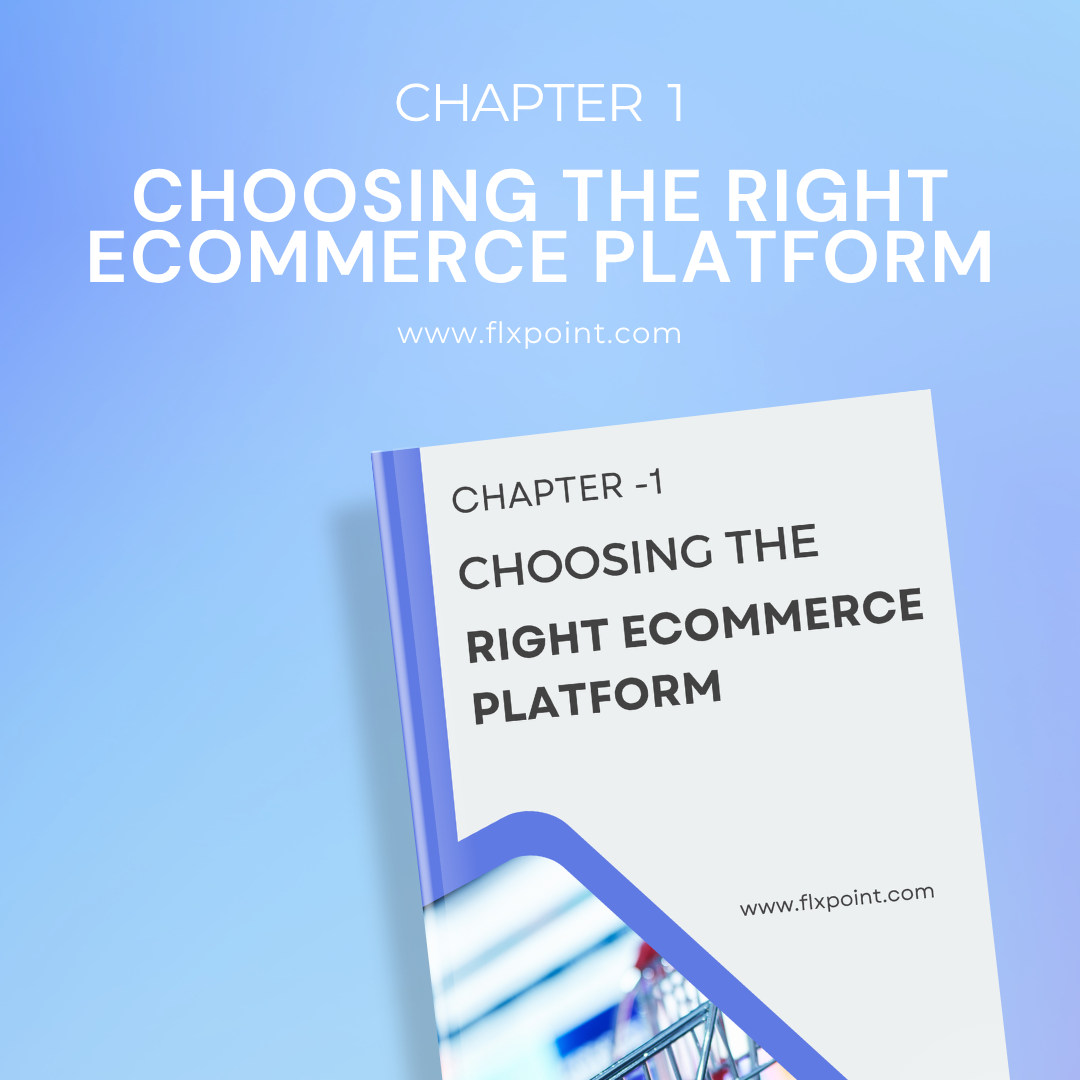
Your platform choice affects everything else you'll do. We compare Shopify, WooCommerce, BigCommerce, and Wix across what matters most: cost, scalability, marketing tools, SEO features, and payment options. Learn which platform fits your business size, technical skills, and growth plans—so you don't have to migrate later.
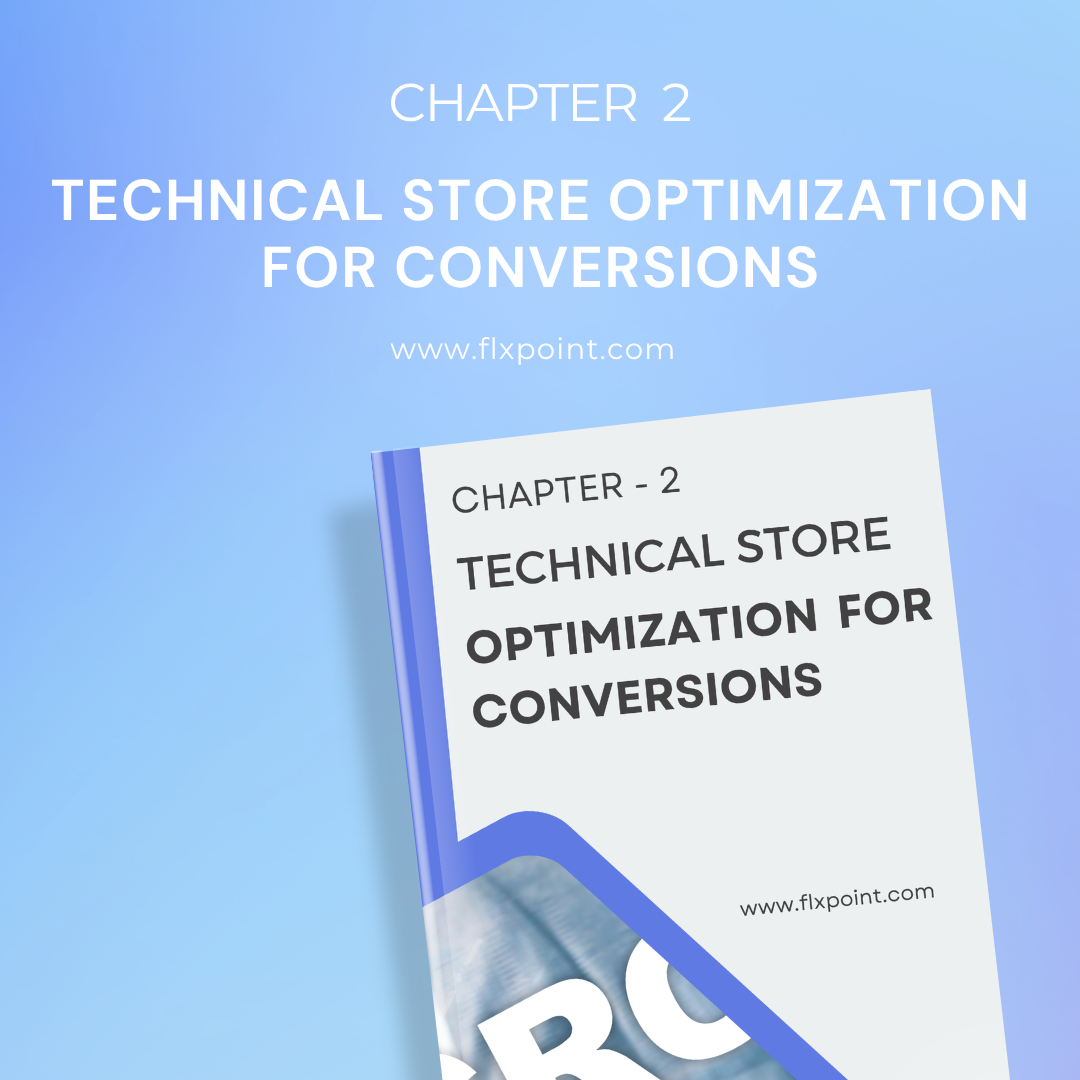
Small technical fixes create big revenue gains. Learn how to structure your store so customers actually buy, implement schema markup that helps you show up in search, speed up your site, and set up tools like Hotjar to see exactly where people get stuck in your buying process.
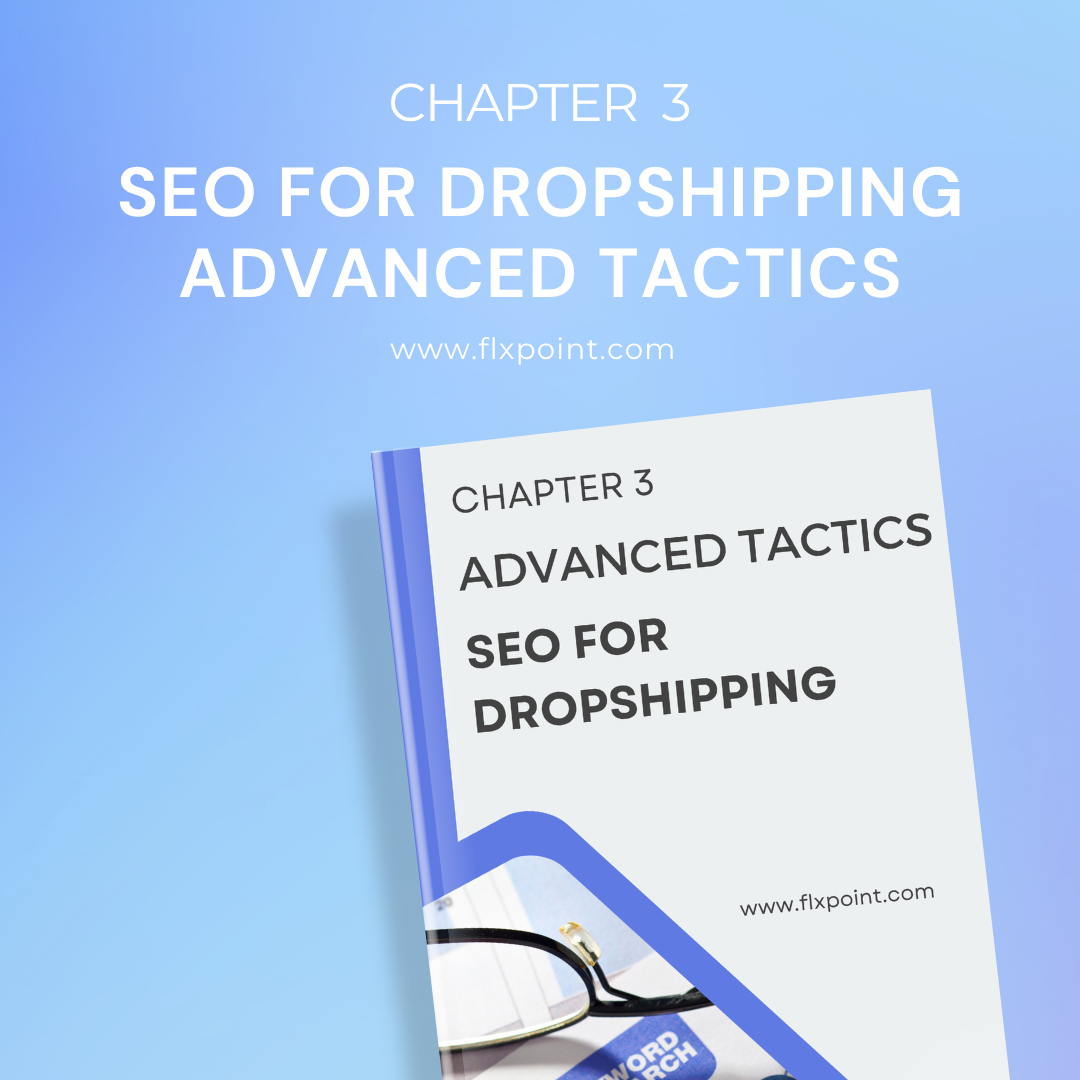

Stop wasting money on ads that don't convert. Build campaigns that work at every stage - from awareness to repeat purchase. Master Facebook ads, Google Shopping, Dynamic Product Ads, and figure out which touchpoints actually drive sales with proper attribution.
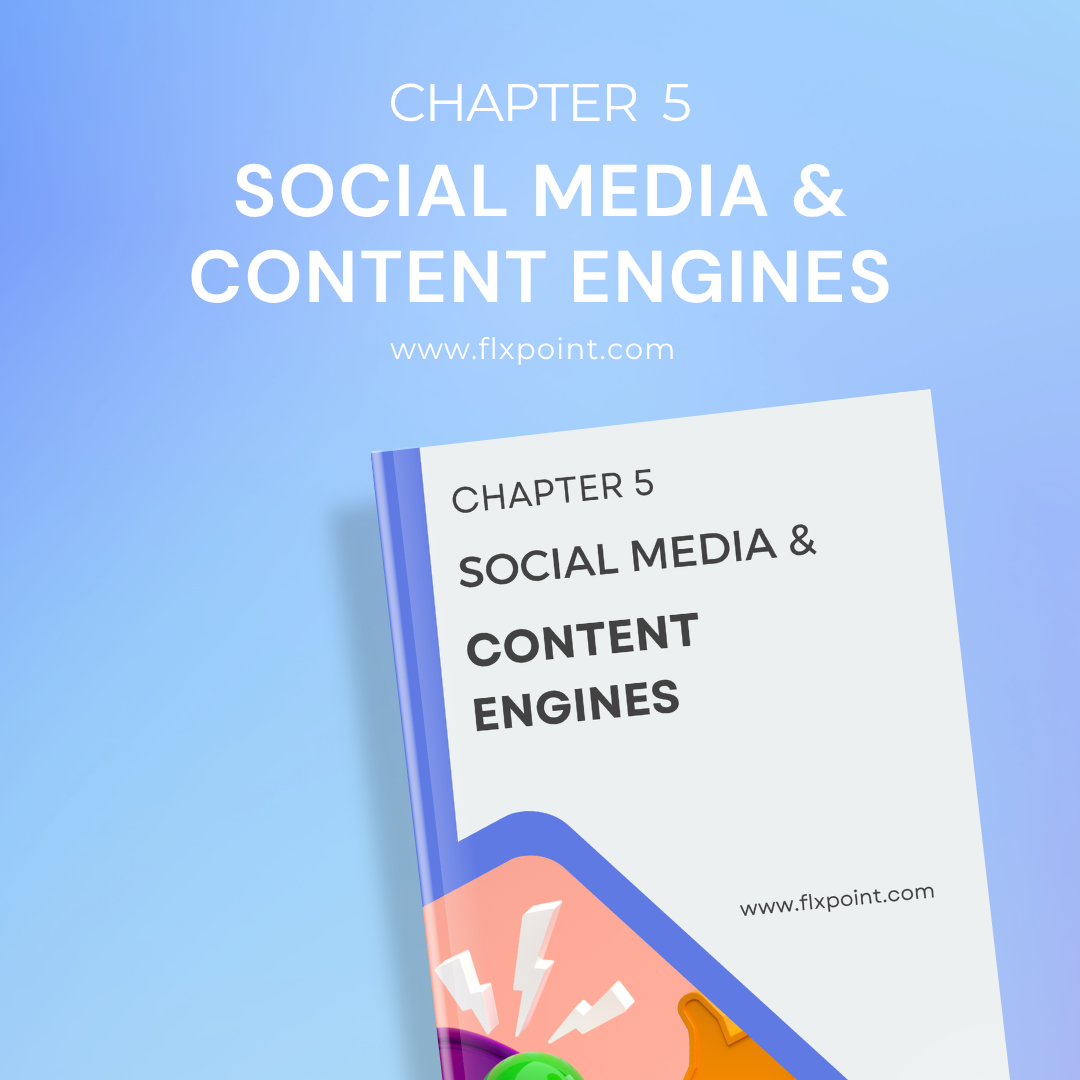
Create content systems that run themselves. Build engines for Instagram Reels, YouTube Shorts, Pinterest, and Stories. Use AI tools to scale content creation, collect user-generated content legally, create viral loops, and track what's actually driving sales.
